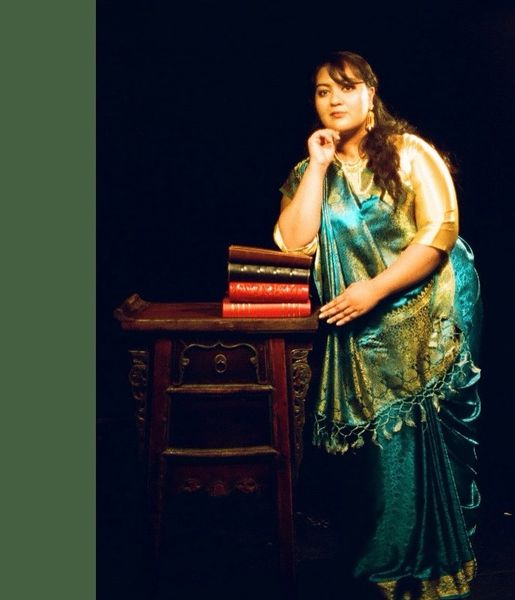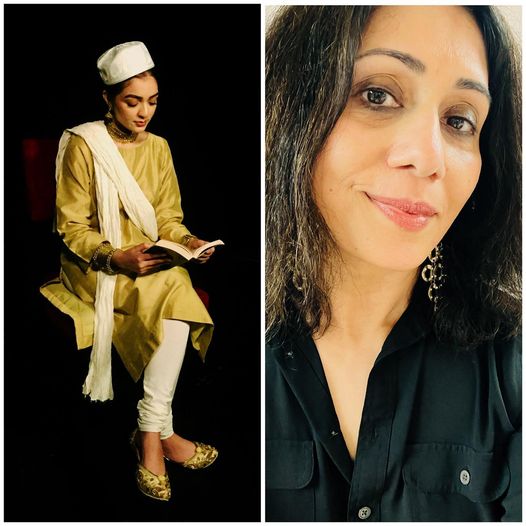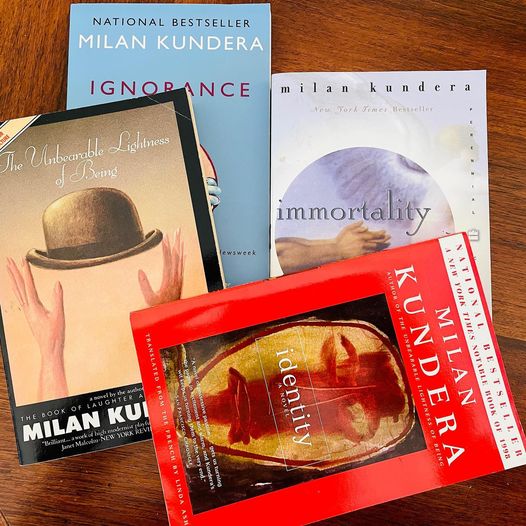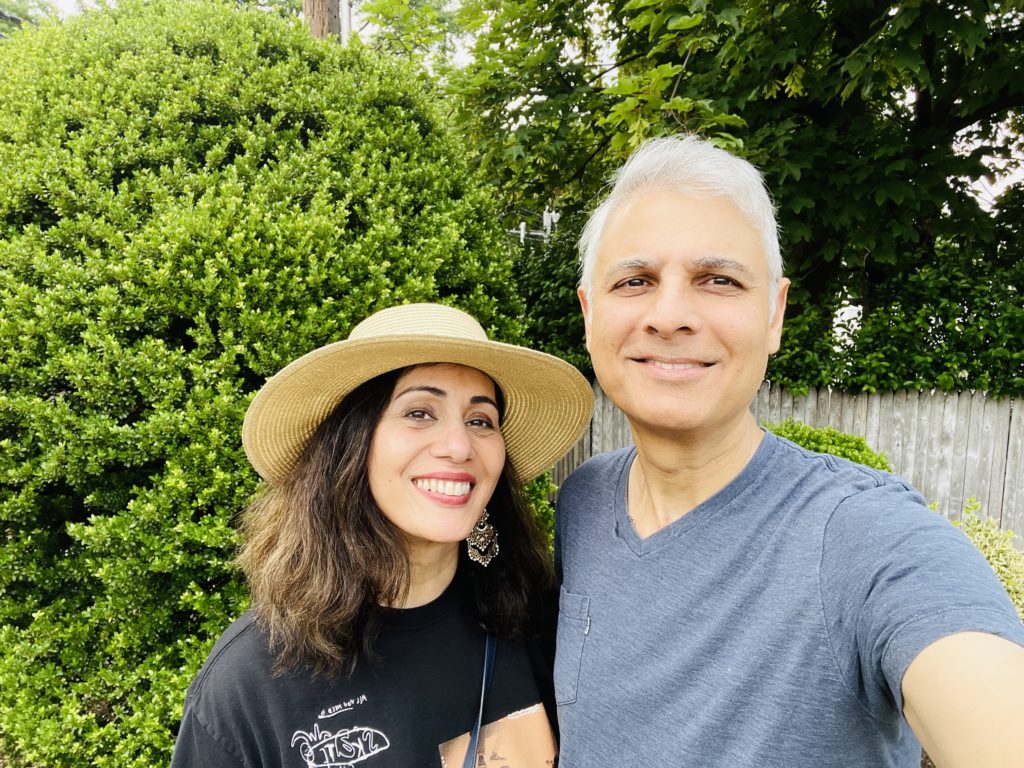with the brilliant stephanie godard, executive director of the huntington historical society at the end of my presentation today. there were some technical glitches but we pulled thru, due to the strength of the material and gorgeous artwork. at the end of the talk, i gave separate questions to each table and asked them to discuss and respond. the result was vigorous engagement and hopefully some questioning of how we view the ‘other.’ this was at matteo’s of huntington. i will be giving another talk at the conklin farmhouse and barn, 2 high street, huntington, on sept 27, 6-8:00pm. this one will be more cozy and even more interactive. pls register at huntingtonhistoricalsociety.org and join us!
This project is made possible with funds from the Statewide Community Regrant Program, a regrant program of the New York State Council on the Arts with the support of the Office of the Governor and the New York State Legislature and administered by The Huntington Arts Council, Inc.











